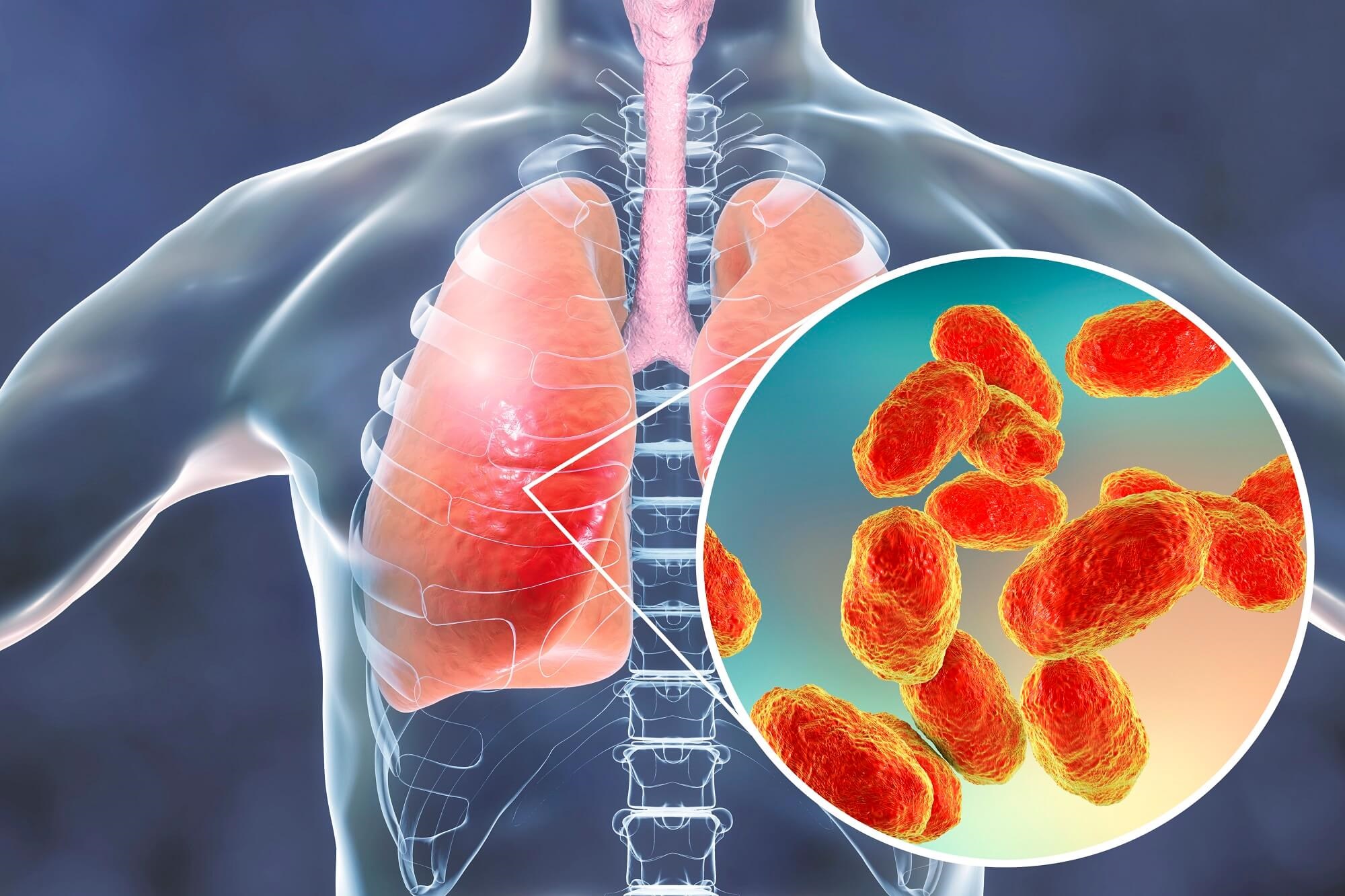Because pneumonia can be caused by a number of viruses and bacteria, multiple interventions are needed to reduce childhood mortality from the disease. Effective vaccines are available for Streptococcus pneumoniae the pneumococcus and Haemophilus influenzae type b Hib, the most common bacterial causes after the first month of life. Some viral and bacterial pathogens, however, disproportionately kill infants before they can be immunized.
Childhood deaths from pneumonia are preventable using vaccines, diagnostic tools, and treatments, but issues of availability, access, and cost remain obstacles in the developing world. Nearly half of early childhood deaths from pneumonia are estimated to result from lack of, or delay in appropriate diagnosis and treatment. In resource-limited settings, factors such as malnutrition, HIV infection, and indoor air pollution increase children’s risk of developing pneumonia.
The Opportunity
The global health community has adequate tools and is developing better ones to significantly protect children from pneumonia in the developing world.
Vaccines have already helped to substantially reduce childhood pneumonia. But vaccine coverage must be improved, and lower-cost vaccines are needed where the burden of pneumonia is highest, particularly in India and Nigeria. Vaccinating women during pregnancy has the potential to protect young infants by passing natural antibodies from mother to her baby. This approach, maternal immunization, has yet to be widely implemented beyond prevention of neonatal tetanus. Creating some momentum recently, the World Health Organization WHO recommended influenza vaccination for pregnant women as the focus of its strategy to prevent deaths from influenza. Early treatment is also critical. If properly diagnosed, childhood pneumonia can be effectively treated with a three-day course of antibiotics at a cost of only 21 to 42 U.S. cents.
Fortunately, awareness of pneumonia as a major global health problem has increased. In 2013, WHO and UNICEF launched the integrated Global Action Plan for Pneumonia and Diarrhoea GAPPD to fight the diseases. The GAPPD calls for the use of proven interventions, including vaccination against measles, pertussis, pneumococcus, and Hib; exclusive breastfeeding in the first six months of life; and improved case management in communities.

